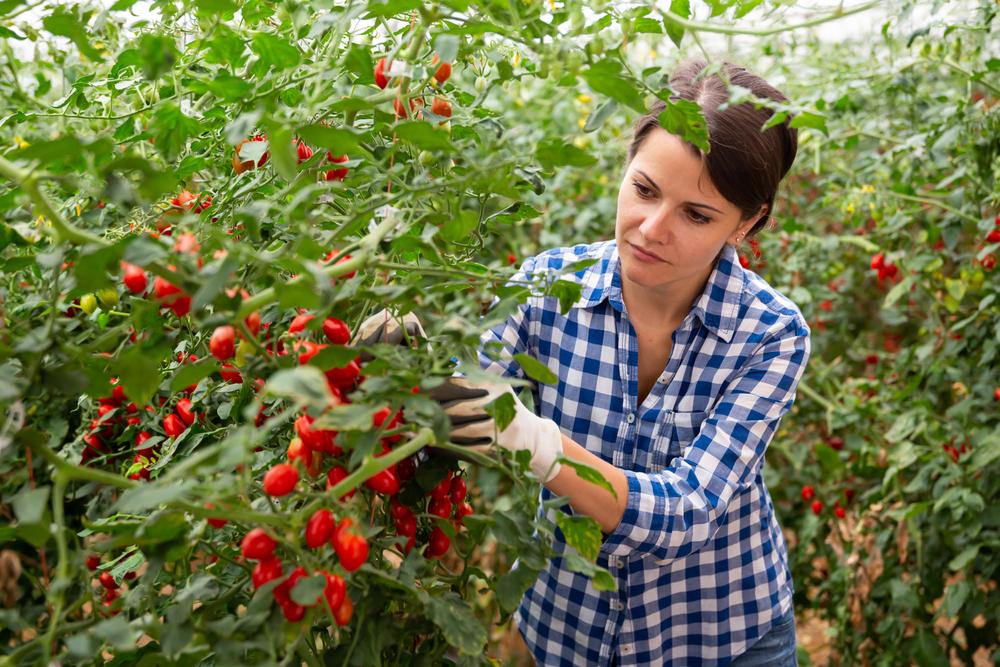Crop rotation is one of the oldest and most effective strategies for organic pest control and maintaining healthy soil in your garden. Specifically, it means the planned order of vegetables or fruits in garden beds; avoiding planting the same crop (and the same family of crops) in the same space for a two or three-year period; and knowing what family your edibles belong to.
The rules of crop rotation apply to plants in the same family, like tomatoes and potatoes, as plant families are usually susceptible to the same pests and diseases (unless a particular variety has been bred for resistance).





